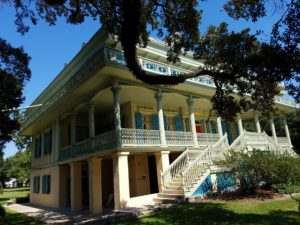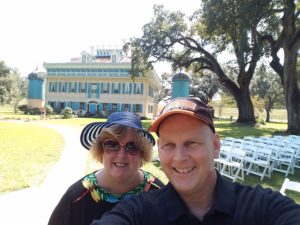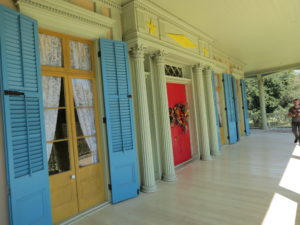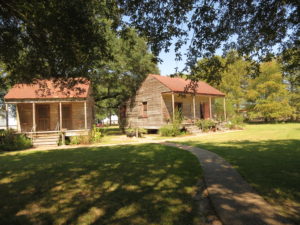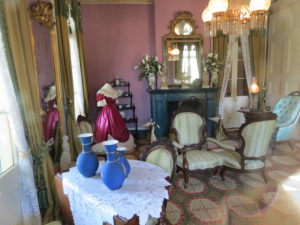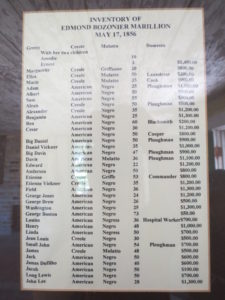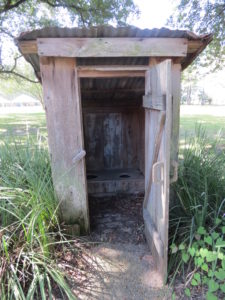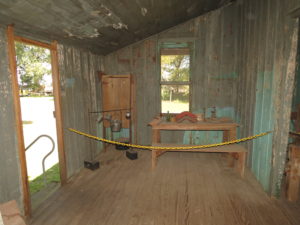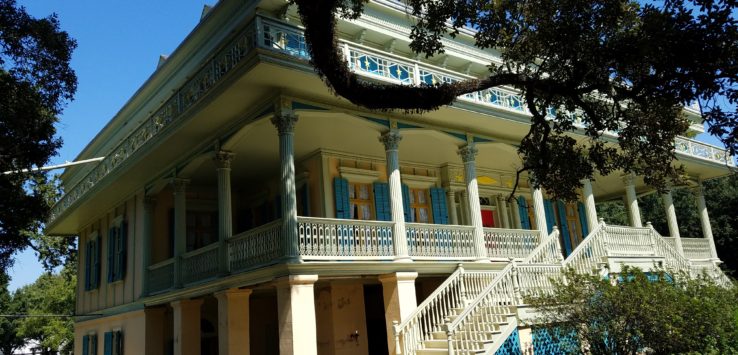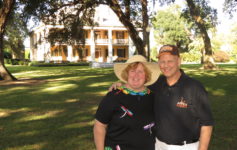Today we are touring Plantations in south Louisiana; they are a short drive from New Orleans and Baton Rouge. We made it a weekend trip from Houston since it is only 4 ½ hours away by car. The Deep South is where most of the plantations can be found, Louisiana along the Mississippi River has an abundant amount to tour. This area is called Plantation Alley. Today we toured the interior and grounds of two homes: San Francisco Plantation and Houmas House Plantation / Garden. We will drive by Nottoway Plantation and reflect on a trip years ago to Oak Alley.
Before you go:
In our opinion, visiting at least one plantation is part of experiencing Louisiana just like visiting a Jazz bar on Bourbon Street. A couple of terms you may hear mentioned during a tour is Antebellum, plantation and creole; if you are not from the south or US these may need to be defined further. A ‘plantation’ is a farm settlement owned by a family, before the Civil War, often times these plantations had slaves especially the larger ones. The term ‘creole’ can refer to a type of architecture or cooking style. The National Parks has a good article on this style which is seen in some Louisiana homes. https://www.nps.gov/nr/travel/louisiana/architecture.htm As far as cooking, creole uses tomatoes. We encourage you to experience the creole cuisine while in Louisiana!
San Francisco Plantation – Garyville, Louisiana
We arrived around noon at the Plantation which to our surprise was very close to the road, not the image we had visualized for a plantation. The front of the plantation did not have the large grand garden entrance we expected. We soon learned in the 1930’s, the large levee system that helps reduce flooding in the area took away 900 feet of gardens leading up to the home and the road was moved closer to the home.
We parked in a gravel area only to see a few cars; we walked towards the entrance and saw a sign directing us to the gift shop to purchase our tickets. It is $17 for adults or a $1 off if you have AAA or a military, children are $10. Our initial impression was it was a little worn out. We waited for our guide (Stacy) who warmly greeted us; she was wearing a replica of a skirt that ladies would have worn during the 1850’s.
Here is what we learned during our tour: Edmond Bozonier Marmillion purchased the plantation from Elisée Rillieux (a free man of color) for a rather large amount of money, $100,000 resulting in a profit of $50,000 for Mr. Rillieux. Edmond struggled financially for 20 plus years and had some personal tragedy. According to our guide he had 7 children but only 3 survived; the plantation’s website stated his wife died and that out of 8 children “Six of them died throughout a period of just over twenty years.” Mr. Edmond ultimately had financial success so he built the home for his surviving sons, Valsin and Charles. Our guide and the website shared that the ornate exterior inspired “novelist Frances Parkinson Keyes to write ‘Steamboat Gothic.’” Construction began in 1853 Edmond “hired expert builders and purchased twelve highly skilled slaves to convert his extravagant vision into reality.” We saw the detailed paintings on 5 of the ceilings; one in the dining room had a 3-D effect which is just few of the finishing touches Mr. Edmond added. Sadly Edmond only lived in the house for a few months before he died in 1856. The eldest son, Valsin, returned home from Germany with his wife. They lived on the plantation with their 3 children for 15 years.
Back to our tour we were very impressed with the decorations. Many of the furnishings were original according to our guide. Near the home you can explore a 2 family slave cabin. These are not from the plantation site, but are from another location. Each family has 2 rooms. Inside the slave cabin we saw a Property list which summarized how much each slave cost.
How did it become known as San Francisco Plantation?
You may be wondering how the plantation become known as San Francisco Plantation, instead of something closer to what it resembled, a Steamboat. The website and our guide shared this, “the unusual name “San Francisco” is believed to be derived from Valsin’s comment about the extraordinary debt he was confronted with when taking over the estate. He declared he was sans fruscins or “without a penny in my pocket.” The name evolved into St. Frusquin and, in 1879, was changed into “San Francisco” by the next owner, Achille D. Bougère.”
The home has had several owners and we encourage you to read the Plantation’s website history page http://www.sanfranciscoplantation.org/plantation-history.php
The home was eventually bought by Marathon Oil, San Francisco Plantation foundation was created and the home restored back to when Valsin lived there with his family. It is listed on the National Register of Historic Places.
If you want to visit here is the website http://www.sanfranciscoplantation.org/index.php
Follow us on Twitter or Facebook ! We encourage you to visit our sponsors (ads) on each page.
